Home>Renovation & DIY>Home Renovation Guides>What Is A Gable Window?
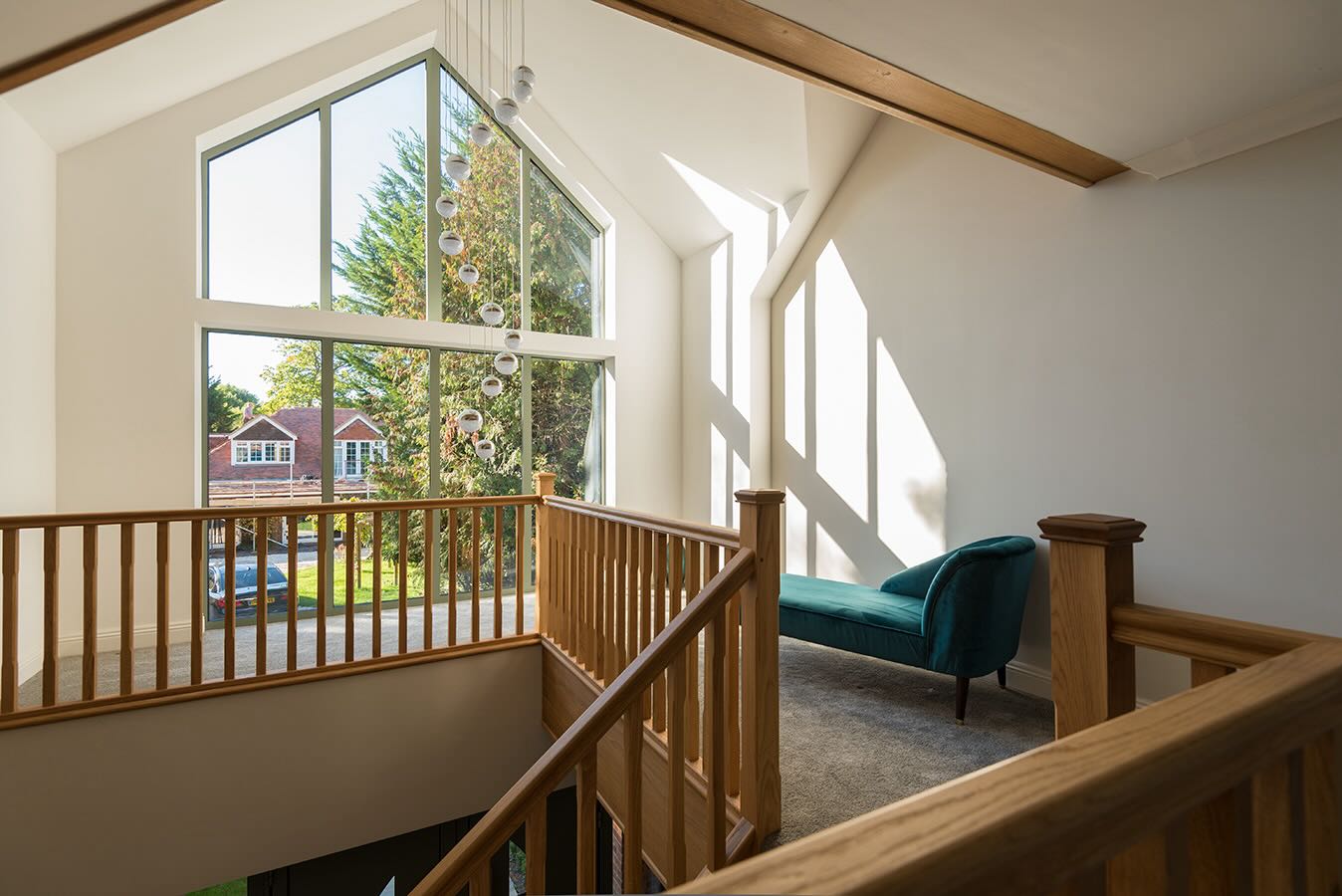

Home Renovation Guides
What Is A Gable Window?
Modified: October 21, 2024
Learn about gable windows and how they can enhance your home's aesthetic and functionality with our comprehensive home renovation guide.
(Many of the links in this article redirect to a specific reviewed product. Your purchase of these products through affiliate links helps to generate commission for Storables.com, at no extra cost. Learn more)
Introduction
Gable windows are an essential architectural element that adds character and functionality to a home. These windows are not only aesthetically pleasing but also serve practical purposes, such as providing natural light and ventilation to the interior spaces. Understanding the significance of gable windows can inspire homeowners to explore their potential for enhancing the overall appeal and functionality of their homes.
Gable windows are a distinctive feature of gable-roofed structures, where the walls extend to form a triangular shape beneath the roofline. This architectural design creates a gable end, which is often adorned with one or more windows. The placement of these windows at the gable end allows for ample natural light to illuminate the interior, creating a bright and inviting atmosphere.
The history of gable windows dates back centuries, with their origins deeply rooted in traditional European architecture. Over time, gable windows have evolved to complement various architectural styles, from classic Victorian and Georgian homes to modern and contemporary designs. Their enduring popularity speaks to their timeless appeal and adaptability across different architectural movements.
As homeowners seek to infuse their living spaces with natural light and architectural charm, gable windows have emerged as a popular choice for both new construction and renovation projects. The versatility of gable windows enables them to seamlessly integrate into diverse architectural styles, making them a versatile and enduring feature in residential design.
In the following sections, we will delve deeper into the definition, history, types, benefits, and considerations associated with gable windows. By exploring these facets, homeowners and enthusiasts alike can gain a comprehensive understanding of gable windows and their potential impact on the aesthetics and functionality of a home.
Key Takeaways:
- Gable windows are a classic architectural feature that adds natural light and charm to homes, enhancing their appeal and creating a bright, inviting atmosphere.
- When considering gable windows for a home, it’s important to think about their design, structural impact, natural light optimization, ventilation, regulatory compliance, and long-term maintenance. These factors ensure a successful and harmonious integration.
Read more: What Is A Gable On A Roof?
Definition of a Gable Window
A gable window is a distinctive architectural feature that is typically located within the gable end of a building. This type of window is characterized by its placement at the triangular portion of the wall beneath the sloping roofline, known as the gable. Gable windows are designed to maximize natural light and ventilation within the interior spaces while adding a touch of visual interest to the exterior facade.
The defining characteristic of a gable window is its positioning within the gable end, which allows for unobstructed views and ample natural light to permeate the interior. This strategic placement not only enhances the aesthetic appeal of the building but also serves a practical purpose by illuminating the living spaces with daylight.
Gable windows come in various shapes and sizes, ranging from traditional rectangular designs to more elaborate configurations, such as arched or multi-pane windows. The versatility of gable windows enables them to complement a wide range of architectural styles, from classic cottages and farmhouses to contemporary residences.
In addition to their aesthetic and functional attributes, gable windows play a crucial role in defining the overall character of a building. Their presence can evoke a sense of charm and architectural authenticity, particularly in structures with gable roofs. Whether used as a singular focal point or incorporated into a series of gable windows along the roofline, these windows contribute to the unique visual identity of the building.
Furthermore, gable windows offer an opportunity for homeowners to customize the appearance of their homes, as they can be tailored to suit specific design preferences and spatial requirements. Whether seeking to create a traditional, timeless look or a more modern and streamlined aesthetic, gable windows can be adapted to align with the overall architectural vision of the property.
Overall, gable windows are a defining feature of gable-roofed structures, serving as both a functional element and a design statement. Their ability to infuse interior spaces with natural light and exterior facades with architectural character makes them a sought-after feature in residential design and renovation projects.
History of Gable Windows
The history of gable windows is deeply intertwined with the evolution of architectural styles and building techniques throughout the centuries. Originating in traditional European architecture, gable windows have left an indelible mark on the visual landscape of residential structures, reflecting the cultural and design influences of their respective eras.
In medieval Europe, gable-roofed structures with gable windows were prevalent, particularly in the construction of timber-framed houses. These early gable windows were often small and utilitarian, serving as openings for light and ventilation while accommodating the limitations of the building materials and construction methods of the time.
As architectural practices advanced, gable windows became more prominent features in the design of homes, especially during the Renaissance and Baroque periods. The expansion of architectural knowledge and the use of more sophisticated building materials allowed for the creation of larger and more ornate gable windows, which adorned the facades of grand estates and manor houses.
During the Victorian era, gable windows experienced a resurgence in popularity, as the revival of Gothic and Tudor architectural styles brought about a renewed interest in incorporating gables and gable windows into residential designs. Elaborate tracery and decorative elements became defining characteristics of gable windows during this period, adding a sense of romanticism and historical charm to the architecture.
In the 20th century, gable windows continued to evolve in response to the changing architectural trends and technological advancements. Modernist architects embraced the simplicity and functionality of gable windows, integrating them into minimalist and contemporary designs that emphasized clean lines and open living spaces. This shift in design philosophy propelled gable windows into the realm of modern architecture, where their timeless appeal and practical benefits continued to resonate with homeowners and designers alike.
Today, gable windows remain a prevalent feature in residential architecture, transcending historical periods and architectural movements. Their enduring legacy is a testament to their adaptability and ability to harmonize with diverse design aesthetics, from traditional and rustic to sleek and contemporary.
The rich history of gable windows serves as a testament to their enduring appeal and timeless relevance in the realm of residential architecture. As homeowners continue to seek architectural elements that blend form and function, gable windows stand as a testament to the enduring legacy of architectural design.
Types of Gable Windows
Gable windows come in a diverse array of styles, each offering unique visual appeal and functional benefits. Understanding the various types of gable windows can provide homeowners and designers with valuable insights into selecting the most suitable options for their architectural vision and practical needs.
-
Fixed Gable Windows: Fixed gable windows are stationary, non-operable windows that are designed to allow natural light into the interior spaces without the option for ventilation. These windows are often used as decorative elements in gable ends, adding visual interest and architectural charm to the facade.
-
Awning Gable Windows: Awning gable windows are hinged at the top and open outward, allowing for ventilation while shielding the interior from rain or debris. This type of gable window is ideal for areas where airflow and protection from the elements are desired, such as in attic spaces or upper-level bedrooms.
-
Casement Gable Windows: Casement gable windows are hinged at the side and open outward, providing excellent ventilation and unobstructed views. These windows are operated by a crank or lever, allowing for easy opening and closing, making them a practical choice for gable ends that require airflow and natural light.
-
Multi-pane Gable Windows: Multi-pane gable windows feature multiple smaller glass panes divided by muntins, creating a distinctive and traditional aesthetic. This type of gable window adds a touch of historic charm and architectural character to the gable end, making it a popular choice for homes with traditional or cottage-style architecture.
-
Arched Gable Windows: Arched gable windows are characterized by their gracefully curved tops, adding a sense of elegance and sophistication to the gable end. These windows are often used to create a focal point in the architectural composition, infusing the facade with a timeless and refined appeal.
-
Dormer Gable Windows: Dormer gable windows are set within a dormer, a small roofed structure that projects from the slope of the main roof. These windows not only enhance the architectural interest of the gable end but also provide additional headroom and natural light to the interior space within the dormer.
Each type of gable window offers distinct advantages in terms of aesthetics, functionality, and architectural impact. By carefully considering the characteristics of each type, homeowners and designers can make informed decisions when selecting gable windows that align with their design preferences and practical requirements.
Benefits of Gable Windows
Gable windows offer a multitude of benefits that contribute to the overall appeal and functionality of a home. From enhancing natural light to improving ventilation and adding architectural character, these windows play a pivotal role in shaping the living experience within a residence.
Read more: What Is Gable Vent?
1. Abundant Natural Light
Gable windows are strategically positioned to capture ample natural light, infusing interior spaces with a bright and inviting ambiance. The unobstructed placement within the gable end allows sunlight to penetrate deep into the rooms, reducing the reliance on artificial lighting and creating a more open and airy atmosphere.
2. Enhanced Ventilation
In addition to natural light, gable windows facilitate effective ventilation, allowing fresh air to circulate throughout the interior. Operable gable windows, such as awning and casement styles, provide the opportunity to harness natural breezes and maintain optimal airflow, contributing to a healthier and more comfortable indoor environment.
3. Architectural Charm
Gable windows serve as architectural focal points, adding visual interest and character to the exterior facade of a home. Whether featuring traditional multi-pane designs or elegant arched configurations, these windows contribute to the overall aesthetic appeal of the building, creating a sense of timeless charm and authenticity.
4. Versatility in Design
The versatility of gable windows allows for customization to suit specific design preferences and spatial requirements. Whether incorporated into a classic cottage or a contemporary residence, gable windows can be tailored to align with the architectural vision, offering a seamless integration into diverse design styles.
Read more: What Is A Dutch Gable?
5. Interior Ambiance
The abundant natural light provided by gable windows creates a warm and welcoming interior ambiance, fostering a connection to the outdoor environment while maintaining a sense of privacy. The illumination from gable windows can accentuate architectural details, highlight interior decor, and contribute to a more uplifting and comfortable living space.
6. Energy Efficiency
By harnessing natural light and ventilation, gable windows contribute to improved energy efficiency within a home. The reduced reliance on artificial lighting during daylight hours and the ability to harness natural breezes can lead to lower energy consumption, resulting in potential cost savings and a reduced environmental impact.
7. Property Value
The presence of well-designed gable windows can enhance the overall curb appeal and market value of a property. These windows are often sought after by homebuyers for their aesthetic appeal and functional benefits, making them a valuable investment that can contribute to the long-term desirability of a home.
In summary, gable windows offer a range of advantages that extend beyond their visual appeal, making them a valuable addition to any home. From their ability to maximize natural light and ventilation to their impact on architectural character and energy efficiency, gable windows play a significant role in shaping the comfort, aesthetics, and value of residential spaces.
Considerations for Installing Gable Windows
When contemplating the installation of gable windows, several crucial considerations come into play to ensure a successful and harmonious integration within the architectural framework of a home. These considerations encompass both practical and aesthetic aspects, guiding homeowners and designers in making informed decisions that align with their vision and functional requirements.
Read more: What Is A Gable Wall?
Architectural Cohesion
The seamless integration of gable windows into the existing architectural style of a home is paramount. Careful consideration should be given to the scale, proportion, and design details of the gable windows to ensure they complement the overall aesthetic of the property. Whether aiming for a traditional, rustic, or contemporary look, the gable windows should harmonize with the architectural language of the building, enhancing its visual appeal and character.
Structural Implications
The installation of gable windows necessitates a thorough assessment of the structural implications, particularly in relation to the roof and wall systems. It is essential to engage the expertise of a qualified contractor or structural engineer to evaluate the load-bearing capacity of the roof, the impact on the building envelope, and the necessary reinforcements to accommodate the addition of gable windows. By addressing these structural considerations, homeowners can ensure the safety and integrity of the building.
Natural Light Optimization
Strategic placement of gable windows is crucial for optimizing natural light within the interior spaces. Consideration should be given to the orientation of the gable end and the positioning of the windows to capture the maximum sunlight throughout the day. Additionally, the size and configuration of the gable windows should be tailored to the specific rooms they will illuminate, taking into account the desired lighting effects and privacy requirements.
Ventilation and Climate Control
The selection of operable gable windows, such as awning or casement styles, can significantly impact ventilation and climate control within the home. Assessing the prevailing wind patterns, air circulation needs, and the potential for cross-ventilation can guide the placement and type of operable gable windows to optimize airflow and indoor comfort. Furthermore, considerations for insulation and energy efficiency should be factored into the window selection to mitigate heat loss or gain.
Read more: What Is The Gable On A House?
Regulatory Compliance
Before embarking on the installation of gable windows, it is imperative to adhere to local building codes, zoning regulations, and permit requirements. Familiarizing oneself with the specific regulations governing window installations, setback distances, and architectural modifications is essential to ensure compliance and avoid potential setbacks or legal issues during the construction process.
Maintenance and Accessibility
Anticipating the long-term maintenance and accessibility of gable windows is a critical consideration. Factors such as the ease of cleaning, the durability of window materials, and the provision for safe access for maintenance should be taken into account during the design and installation phase. By addressing these considerations proactively, homeowners can mitigate future maintenance challenges and preserve the functionality and aesthetics of the gable windows.
In essence, the installation of gable windows demands a comprehensive evaluation of architectural, structural, functional, and regulatory factors to achieve a successful and harmonious integration. By carefully addressing these considerations, homeowners and designers can embark on the installation process with confidence, knowing that the gable windows will enhance the beauty, functionality, and value of their homes.
Conclusion
In conclusion, gable windows stand as a testament to the enduring marriage of form and function in residential architecture. From their historical roots in traditional European design to their contemporary relevance in modern homes, gable windows have evolved to embody a harmonious blend of aesthetic charm and practical utility.
The significance of gable windows extends beyond their role as architectural embellishments; they serve as conduits for natural light, ventilation, and visual interest, enriching the living experience within a home. Their ability to infuse interior spaces with abundant daylight, create a connection to the outdoor environment, and enhance the facade's architectural character underscores their multifaceted impact on residential design.
As homeowners and designers continue to seek architectural elements that elevate the ambiance and functionality of living spaces, gable windows emerge as a compelling choice. Their versatility in design, ranging from fixed and operable styles to various shapes and configurations, offers a canvas for creative expression and customization, aligning with diverse architectural visions and spatial requirements.
Moreover, the installation of gable windows demands a thoughtful approach, encompassing considerations of architectural cohesion, structural implications, natural light optimization, ventilation, regulatory compliance, and long-term maintenance. By addressing these factors with diligence and expertise, homeowners can ensure a seamless integration of gable windows that enhances the overall appeal and livability of their homes.
In essence, gable windows encapsulate the timeless allure of architectural design, transcending historical epochs and design movements to remain a cherished feature in residential construction and renovation. Their ability to imbue spaces with natural light, ventilation, and architectural character underscores their enduring relevance and value in shaping the visual and functional landscape of homes.
As homeowners and designers navigate the realm of residential architecture, gable windows stand as a beacon of inspiration, inviting exploration of their potential to enrich and enliven the built environment. Whether adorning a classic cottage, a stately manor, or a contemporary residence, gable windows continue to leave an indelible mark on the architectural tapestry, embodying the timeless allure of form, function, and enduring beauty.
Frequently Asked Questions about What Is A Gable Window?
Was this page helpful?
At Storables.com, we guarantee accurate and reliable information. Our content, validated by Expert Board Contributors, is crafted following stringent Editorial Policies. We're committed to providing you with well-researched, expert-backed insights for all your informational needs.
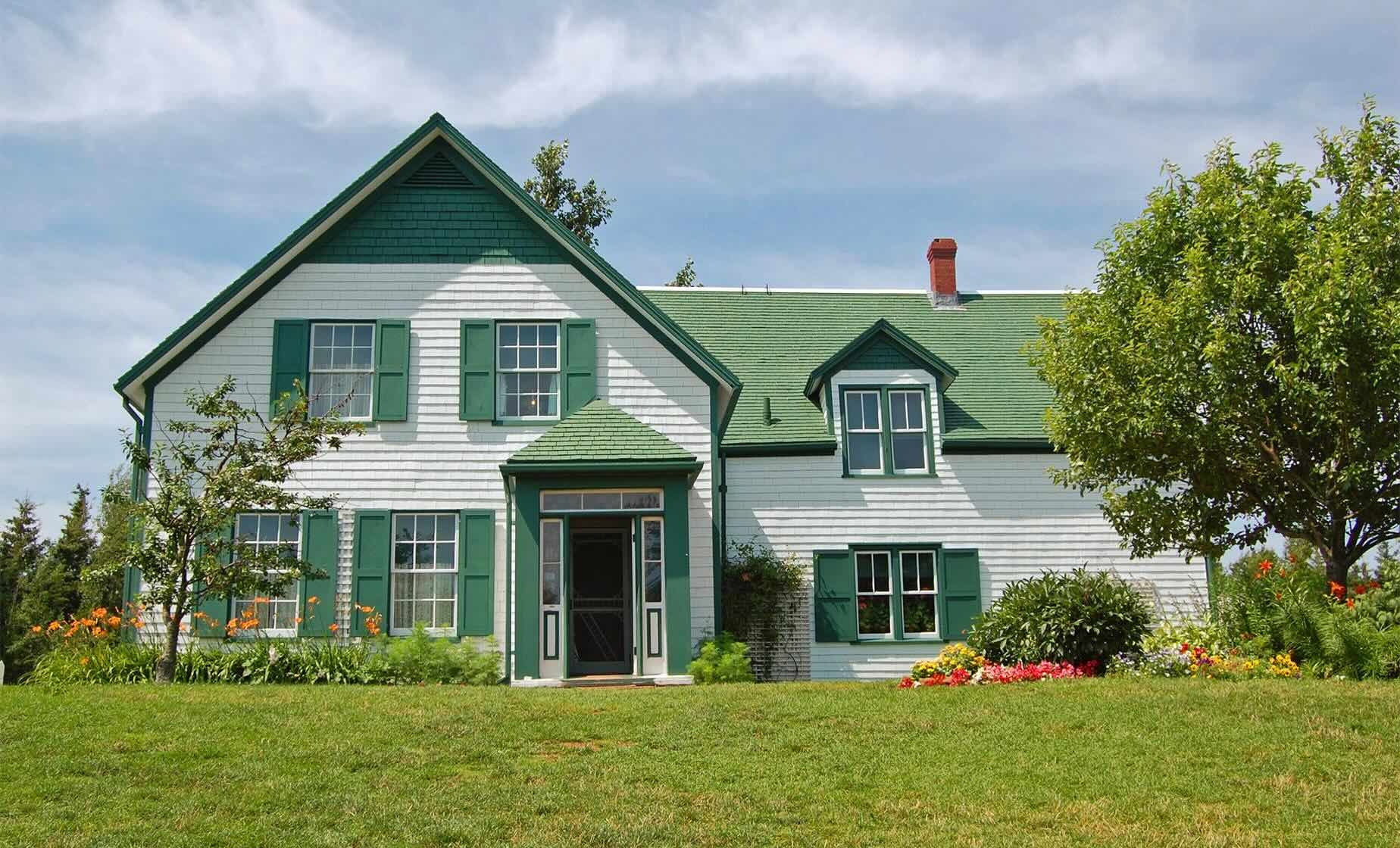
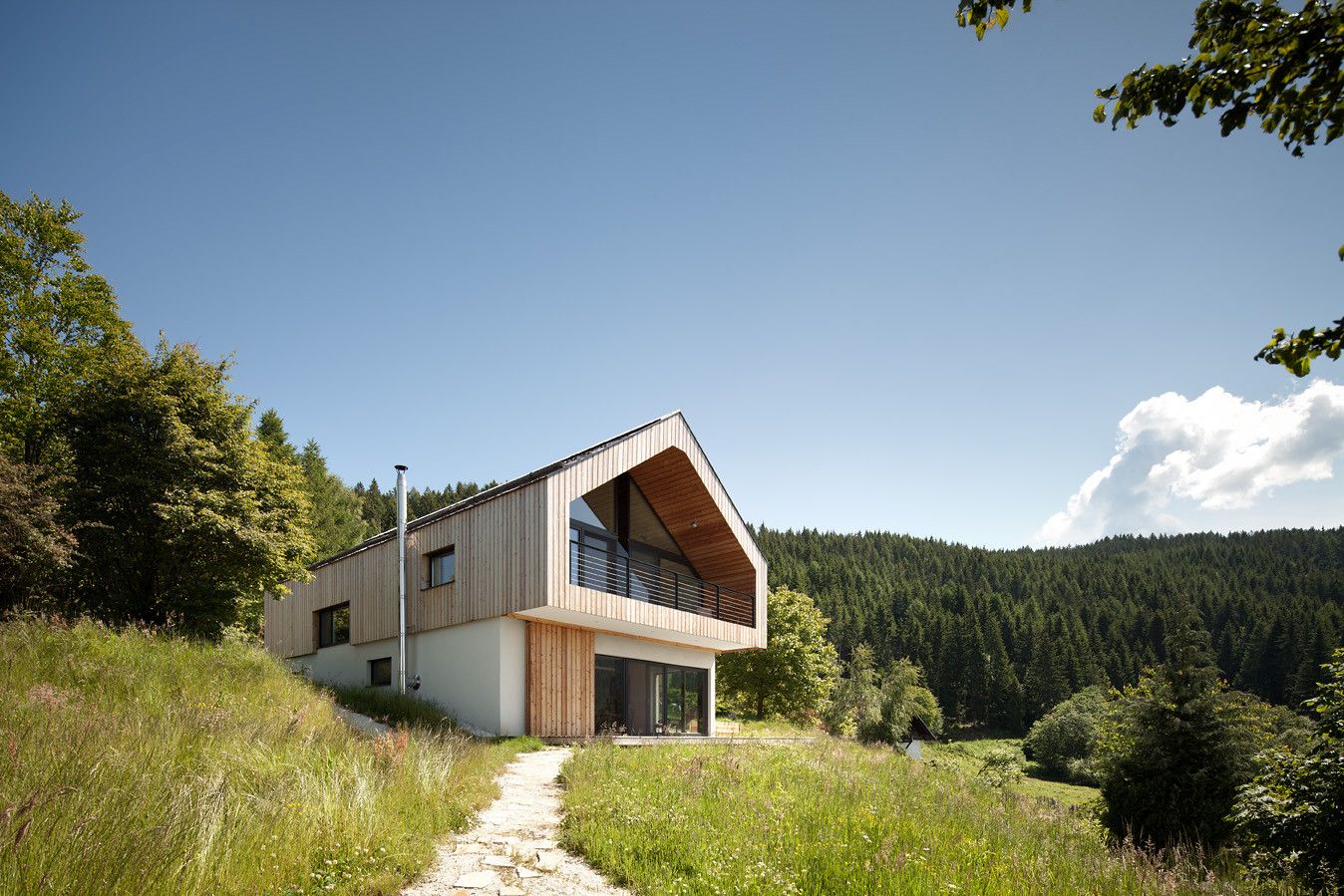
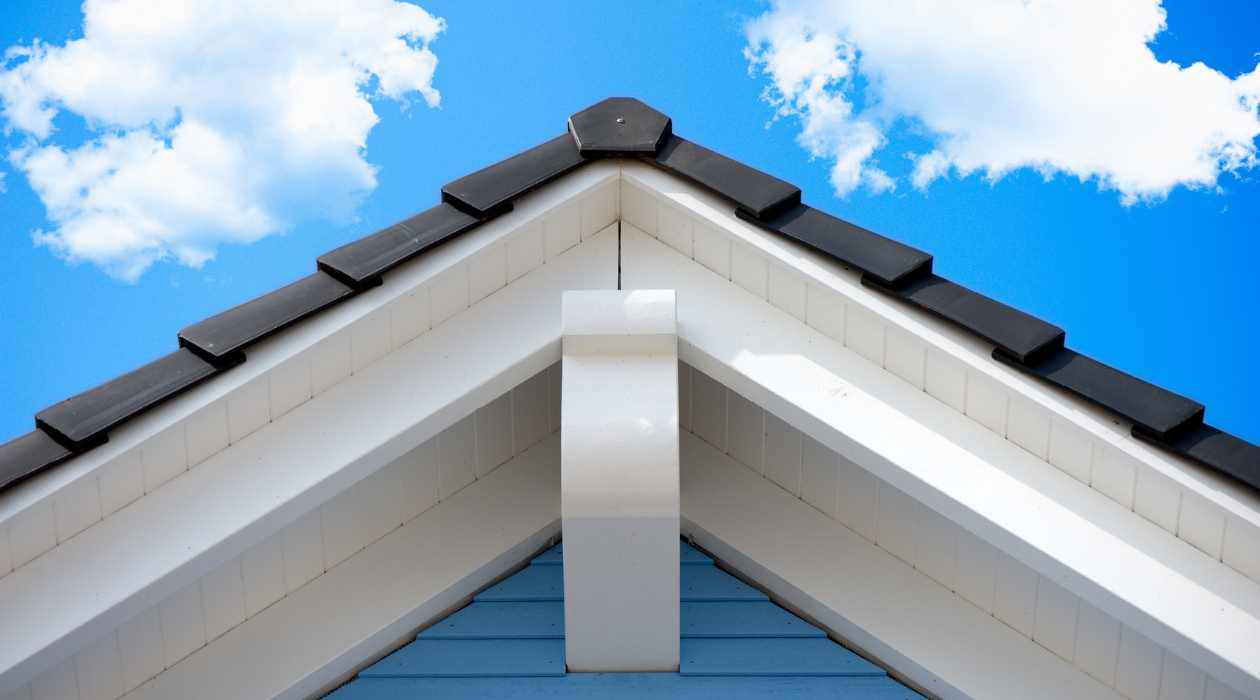
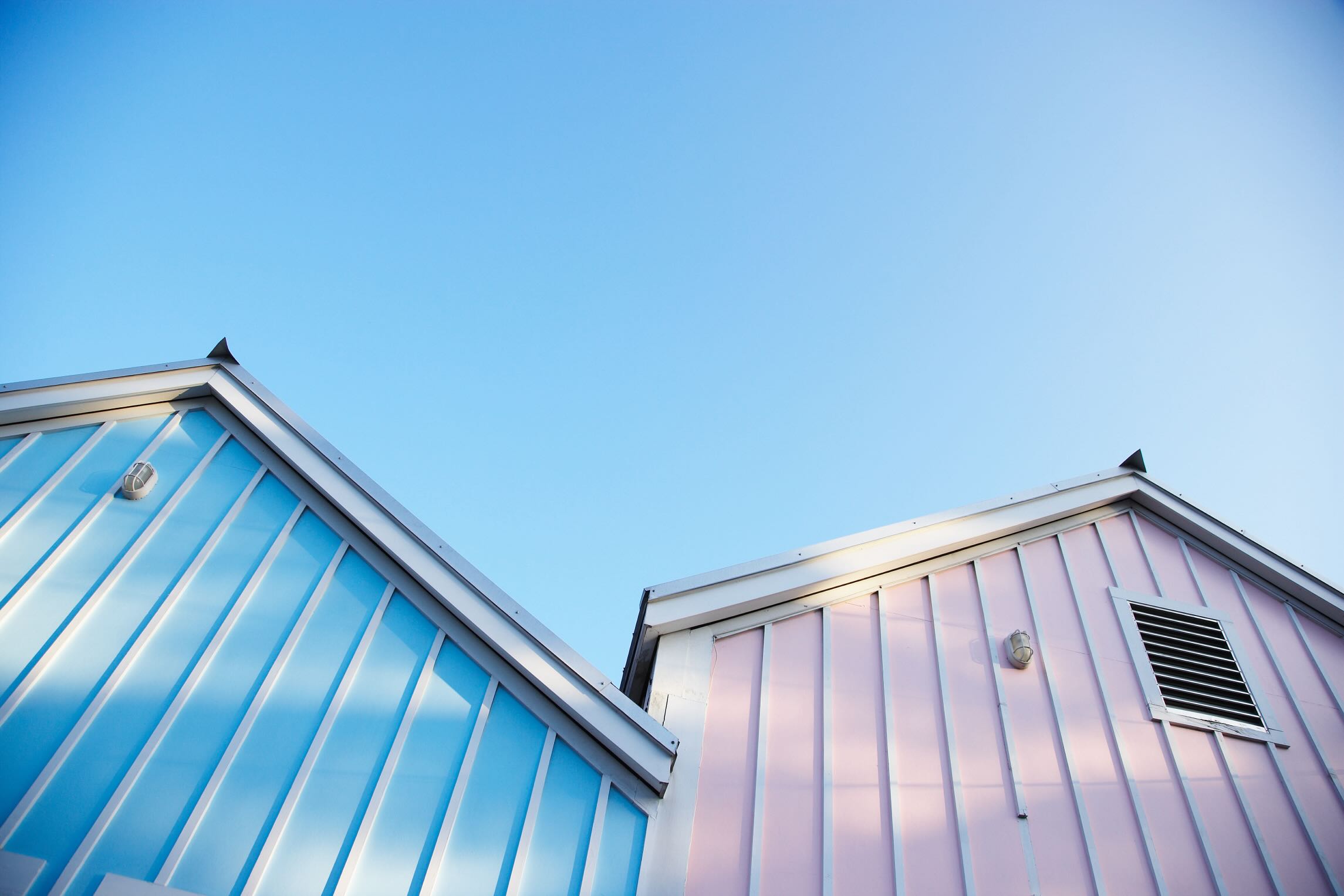
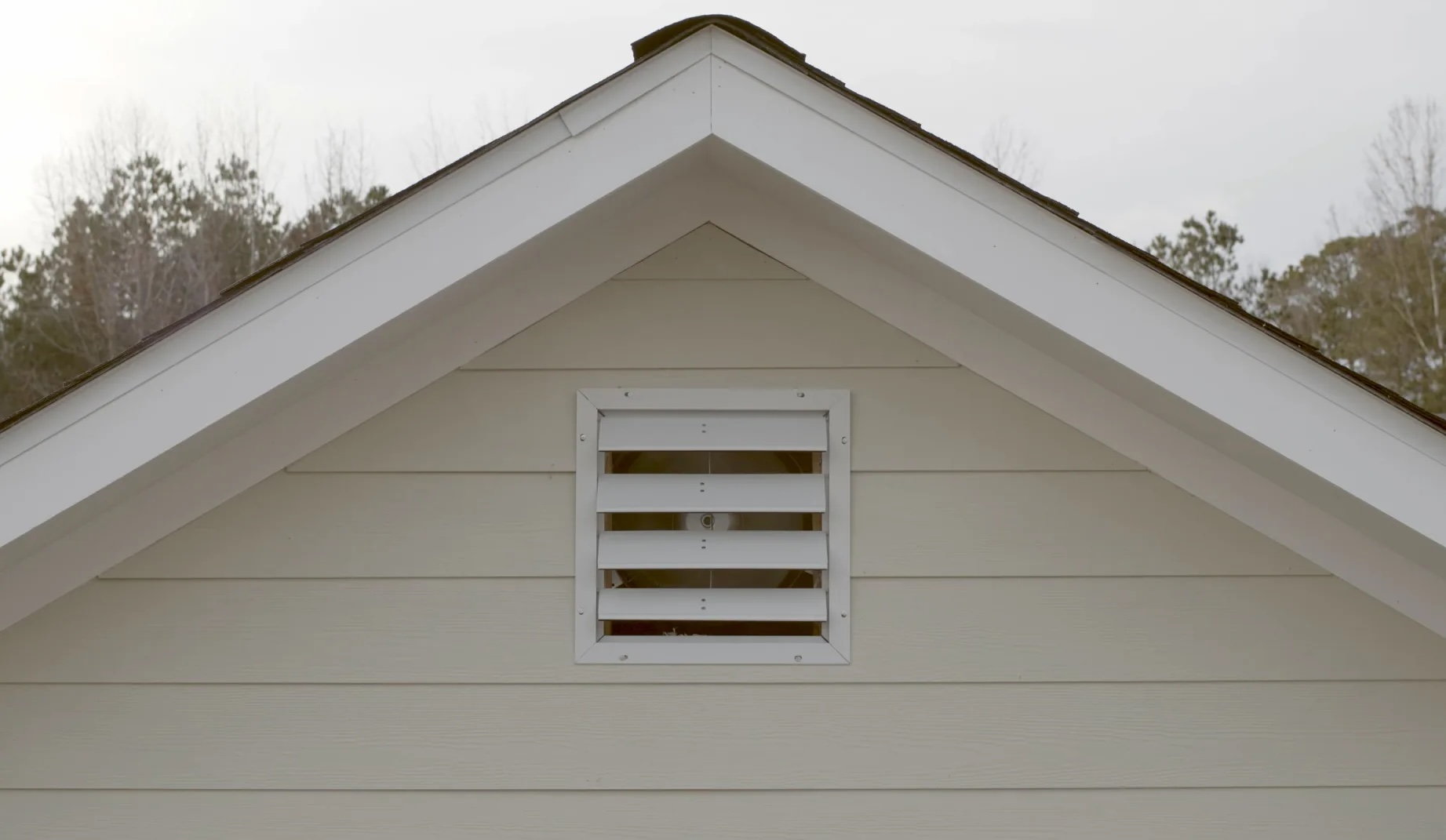
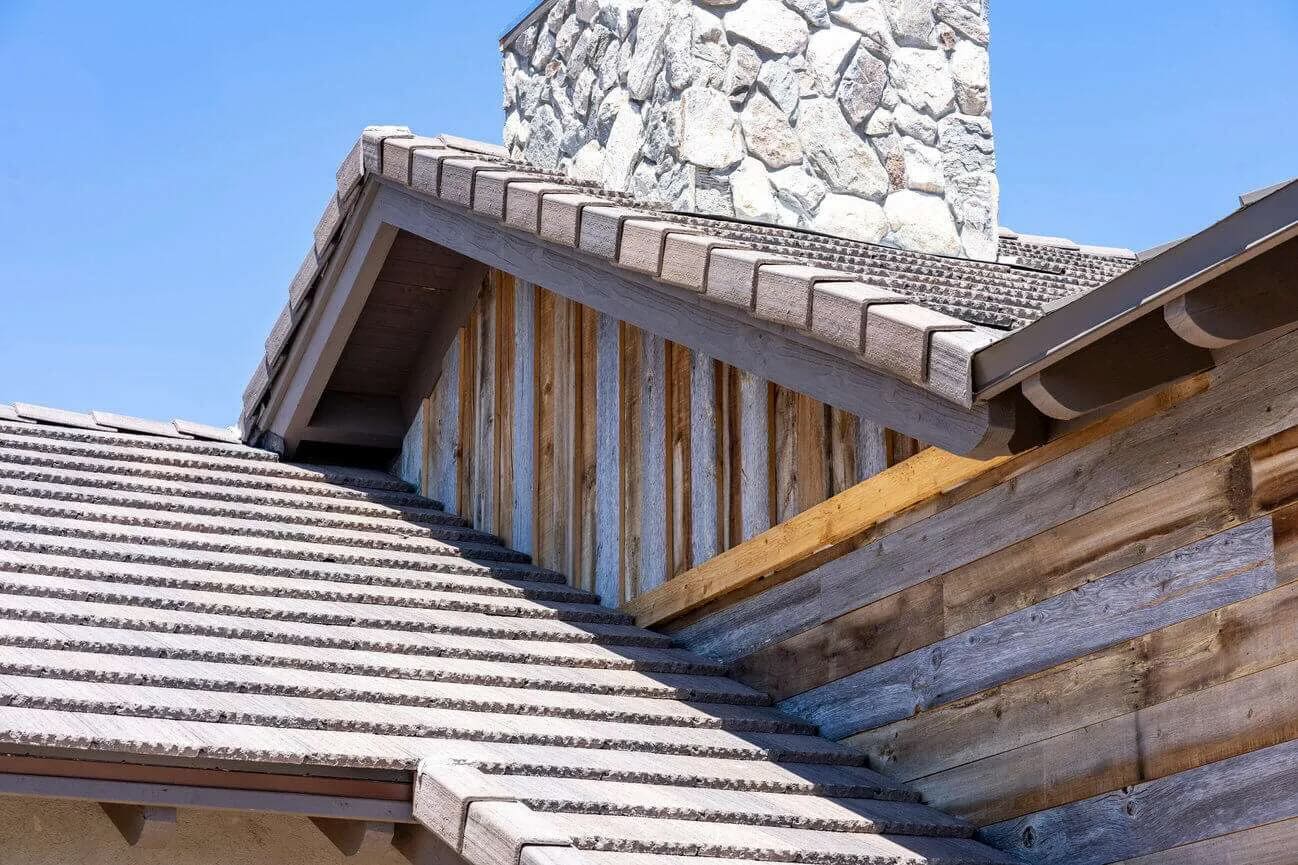
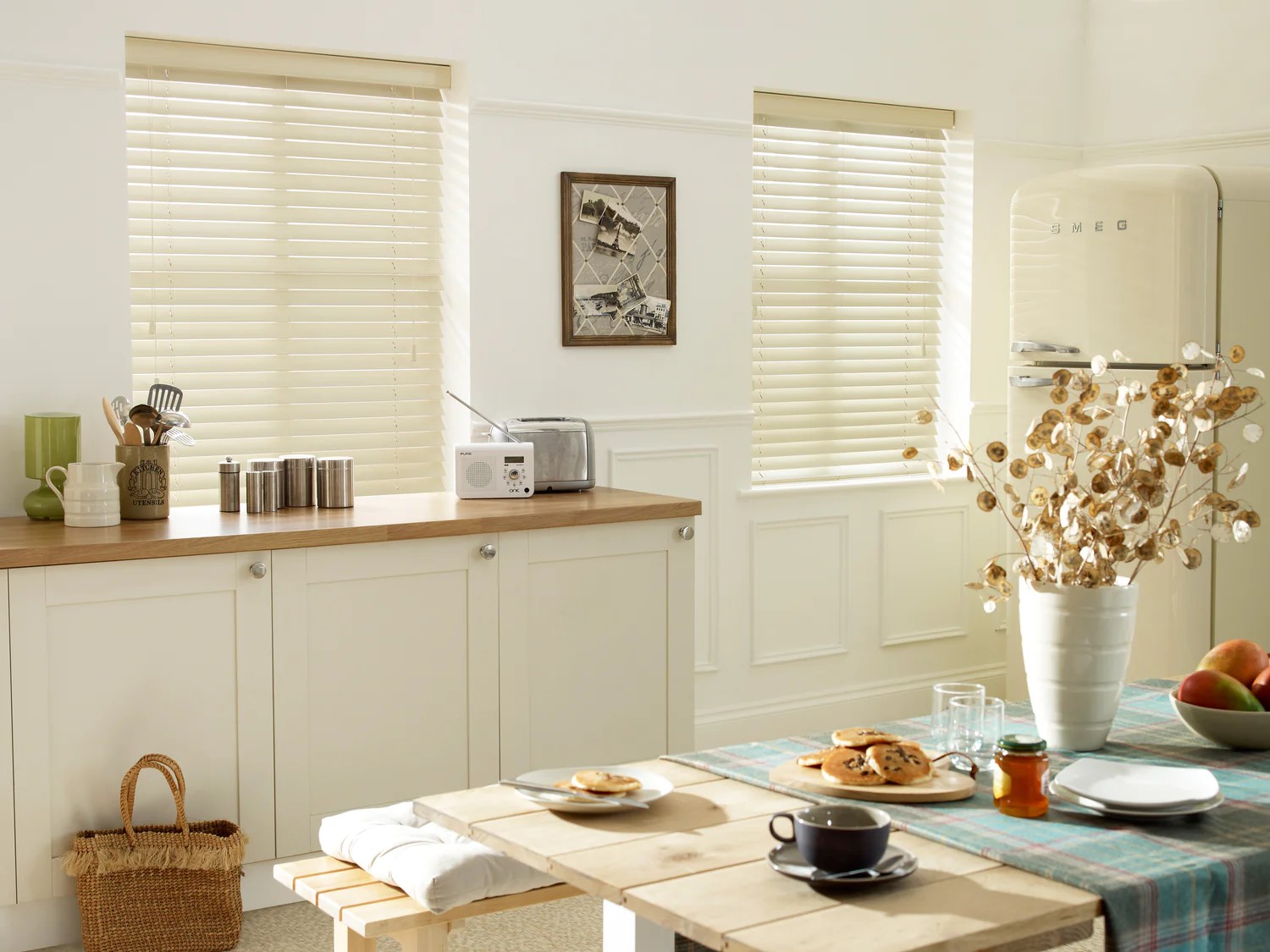
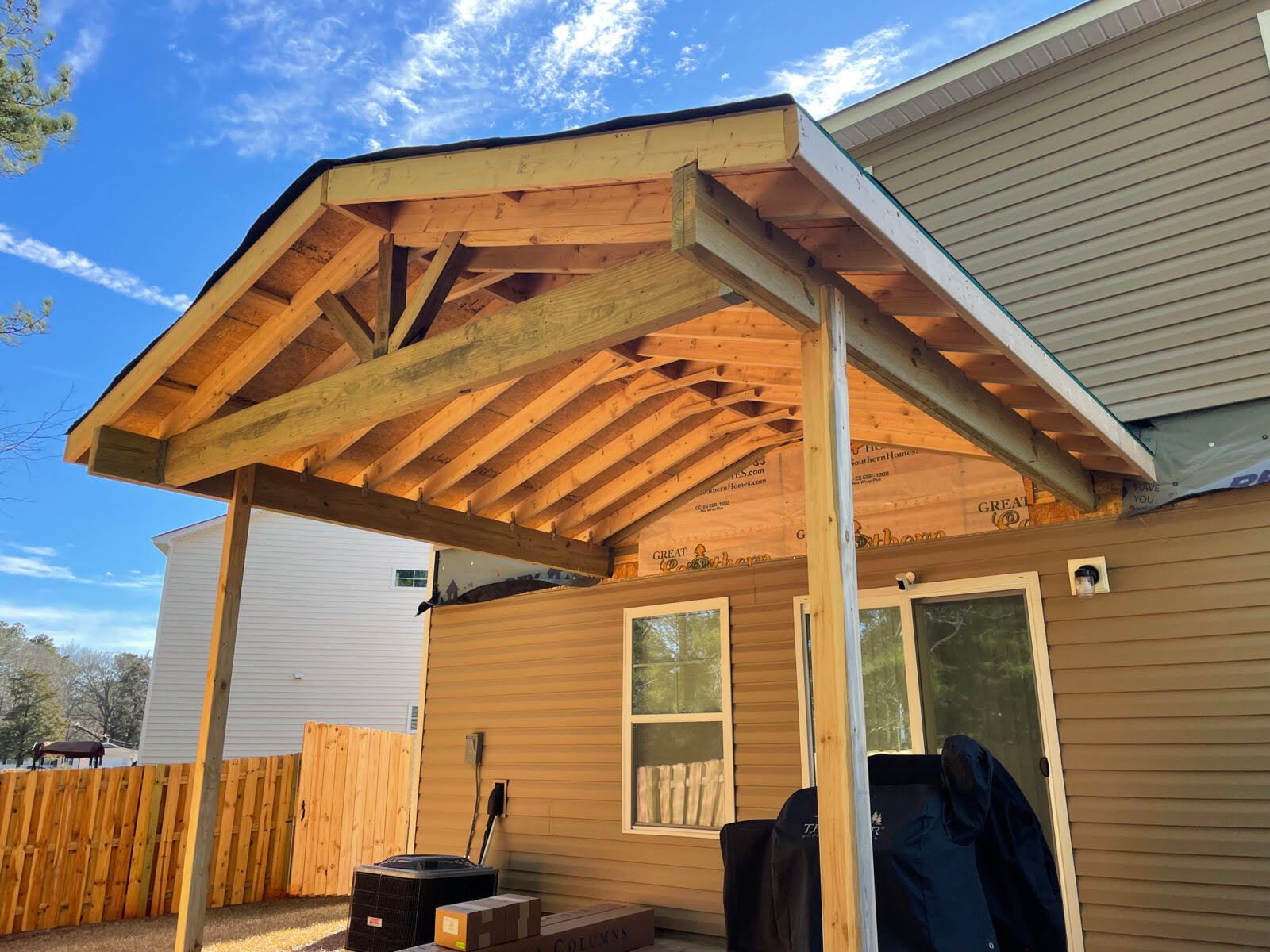
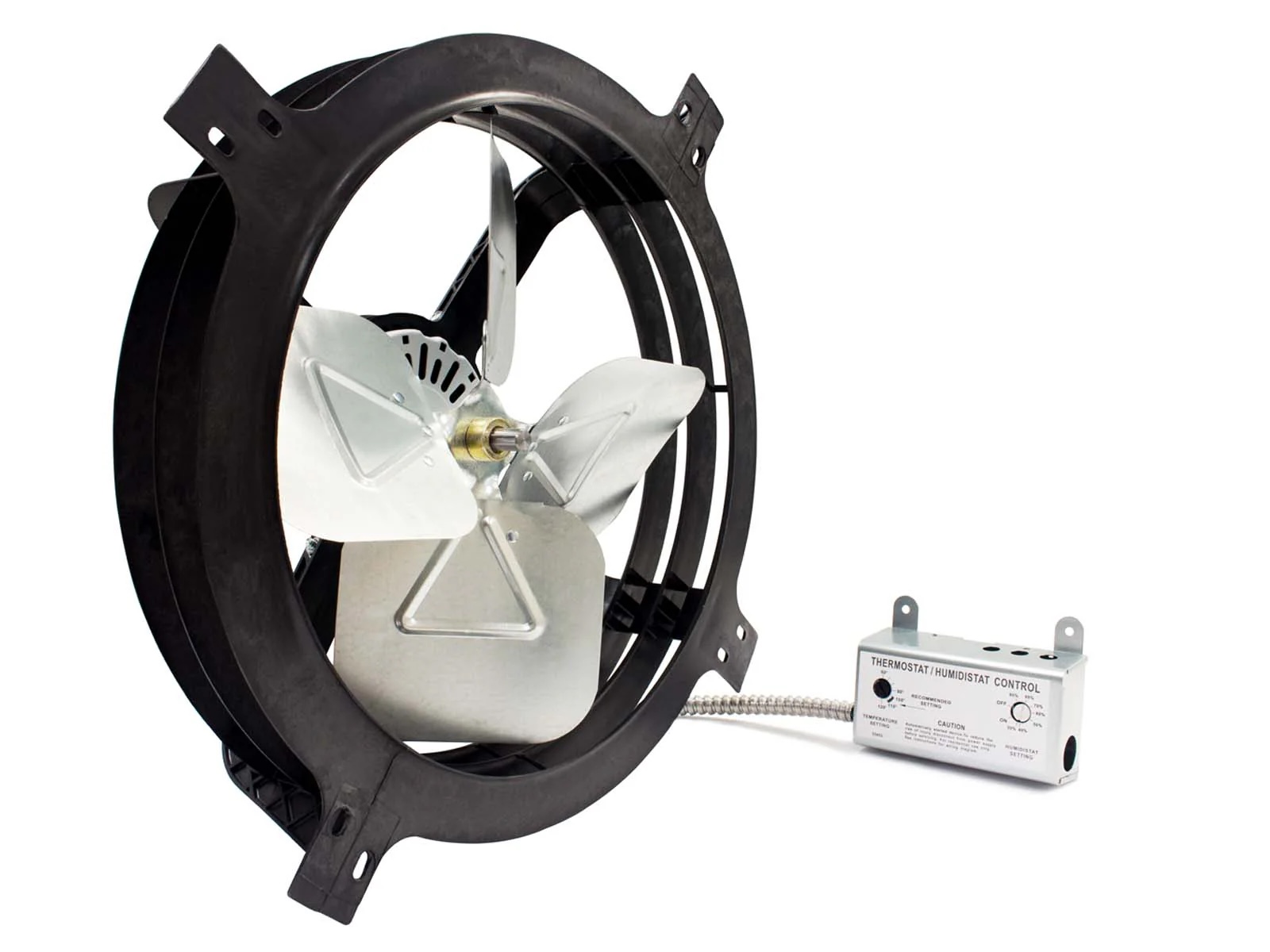
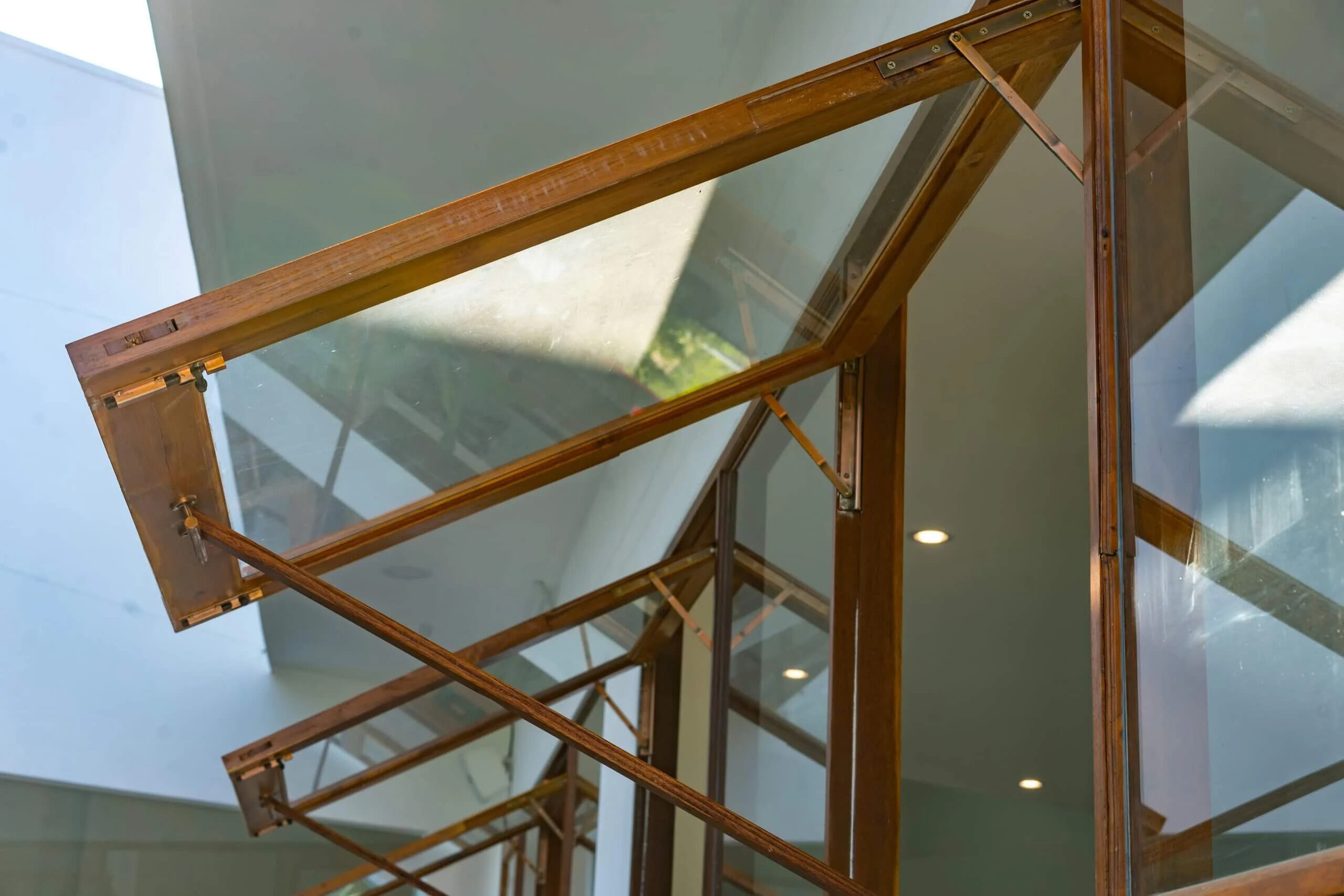
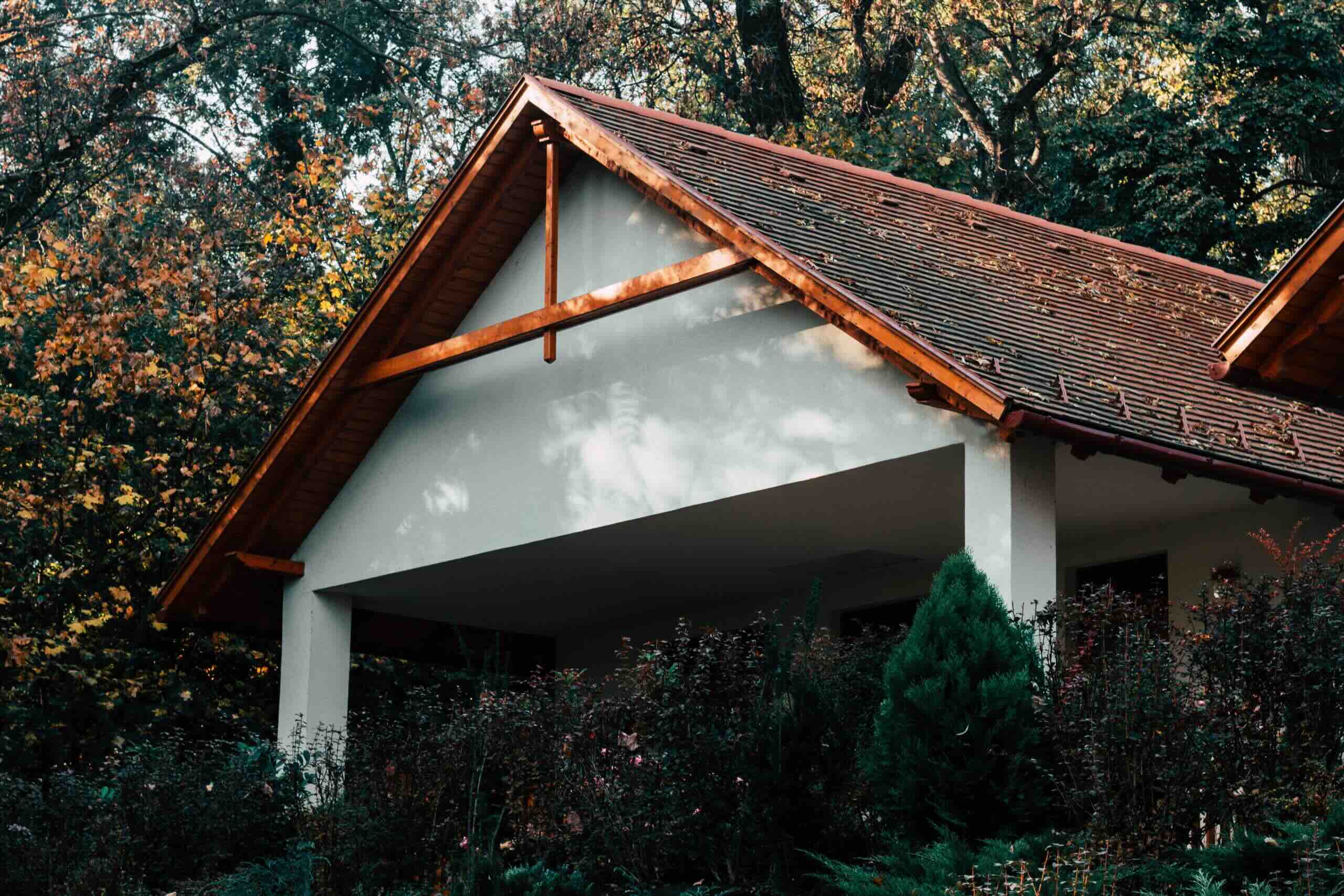

0 thoughts on “What Is A Gable Window?”